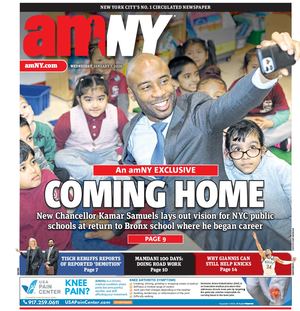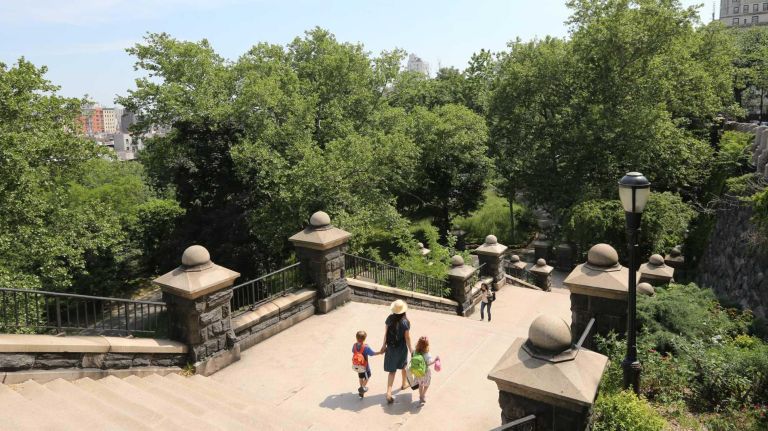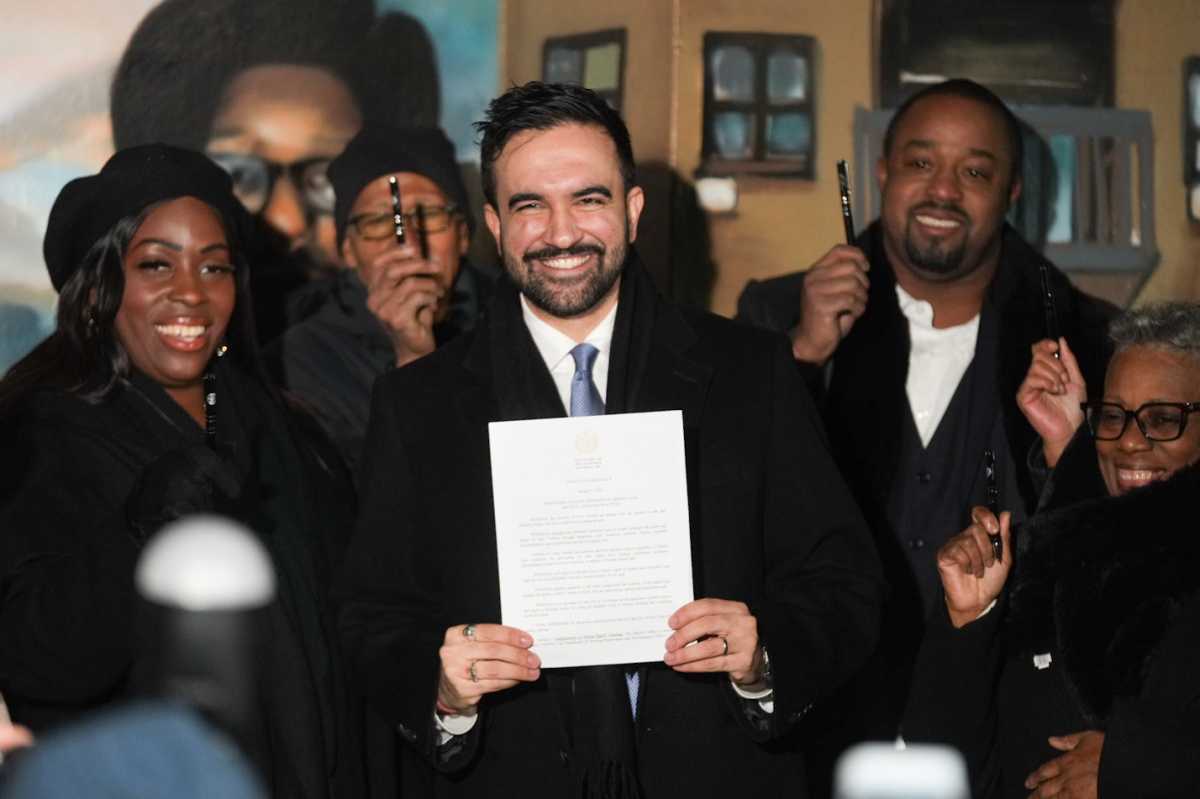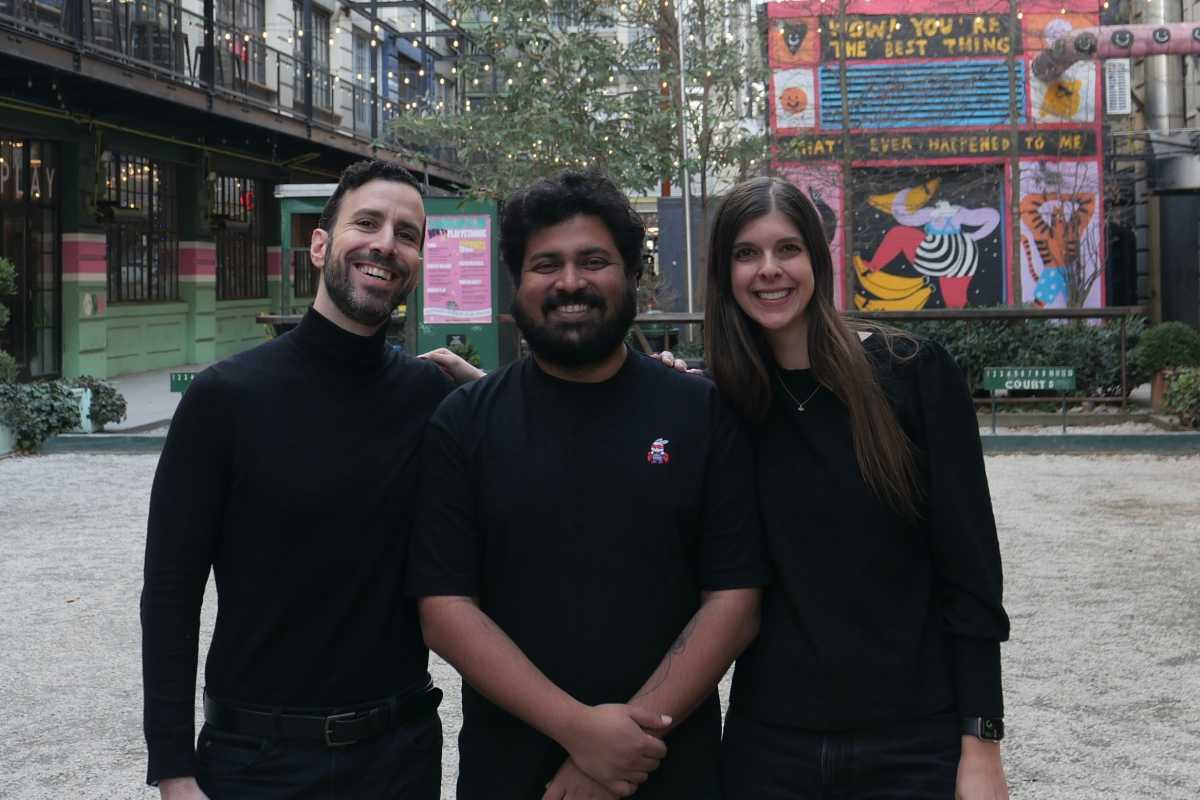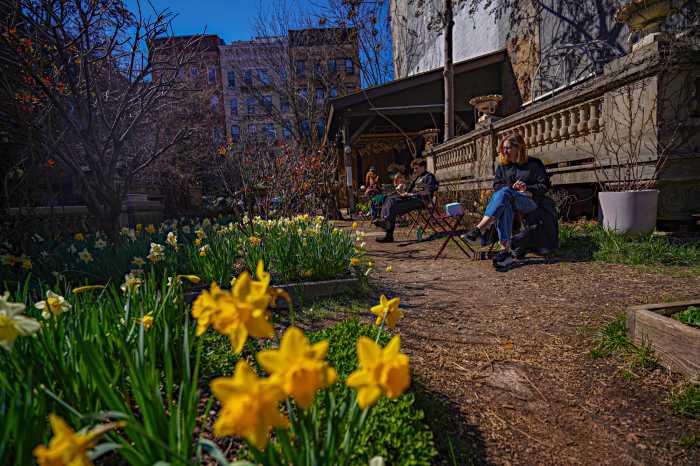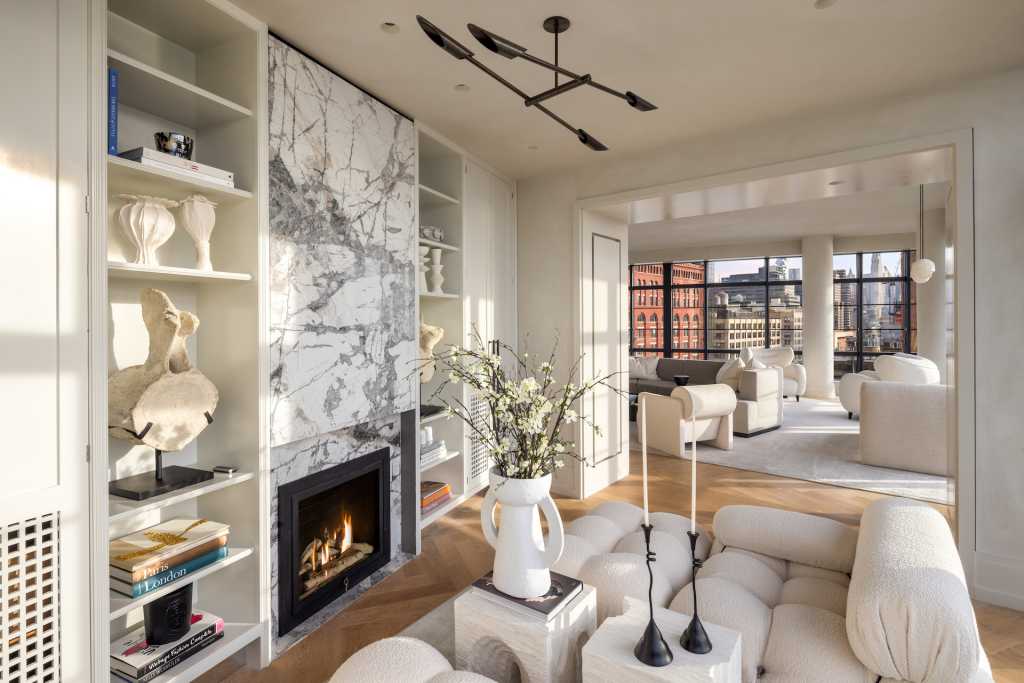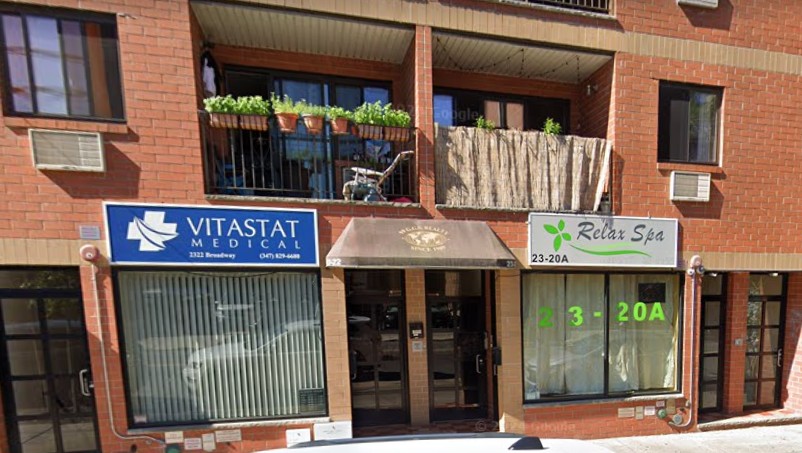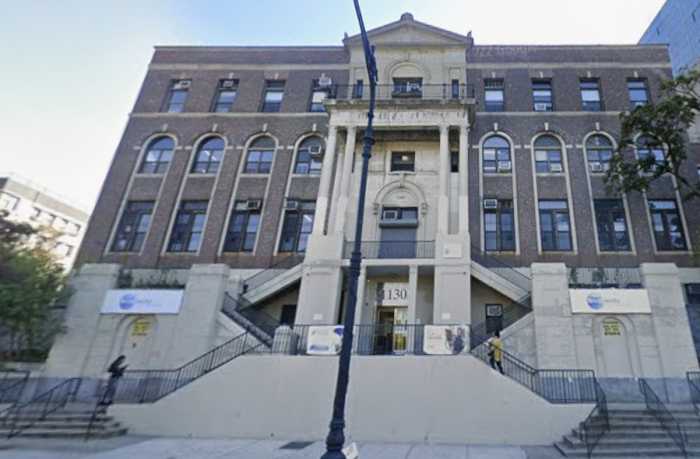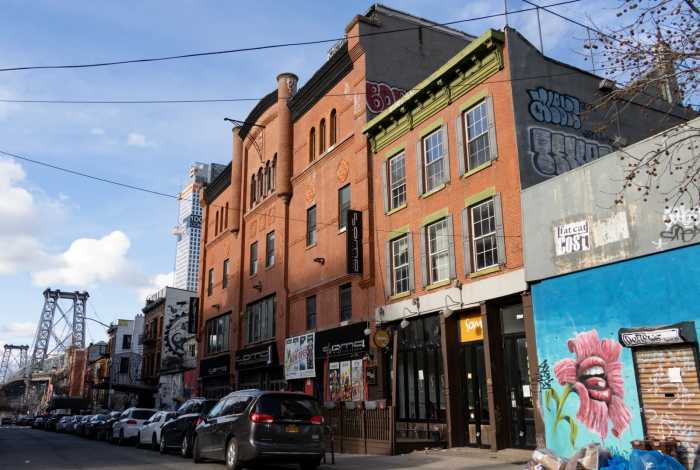
Astoria, Morningside Heights, Clinton Hill — neighborhoods once thought of as safe havens from the expensive rents found throughout the city — saw huge surges in pricing over the last half decade and may overtake the median Manhattan rental price in the future, according to StreetEasy.
The real estate listing site released a study Tuesday that found several Brooklyn neighborhoods closed the rental gap with Manhattan, which had a median rent of $3,092 in August. Rents in areas like DUMBO, Williamsburg, Cobble Hill and Downtown Brooklyn exceeded that number in the same month and continue to rise.
Although their median rents are below Manhattan’s, Astoria and Clinton Hill saw a jump of at least 76% since 2010, according to the report. Morningside Heights, meanwhile, which had long been one of the cheaper nabes within Manhattan, also rose by more than 76%.
“If we run this report in five years, it would be easy to see that they have gone over the Manhattan median,” said StreetEasy data scientist Alan Lightfeldt.
In August, Astoria had a median asking rent of $2,256, a 78.6% jump from 2010, Morningside Heights had a median of $2,976, also a 78.6% jump five years ago, while Clinton Hill’s rents had a median of $2,741, a 76% jump, according to StreetEasy’s data.
Lightfeldt said there isn’t the same volume of construction in these three surging neighborhoods as is currently under way in places such as Williamsburg and Park Slope. As a result, the influx of New Yorkers seeking bargains has led to a spike in prices.
Lightfeldt added that the answer to the problem of spiking rents goes beyond simply boosting construction at market rate.
“The future of those neighborhoods will depend on the amount of new affordable housing,” he said.
Real estate experts and others gave us their insight into these changing neighborhoods.
ASTORIA
Mike Schulte, 34, a licensed real estate agent at Citi Habitats, has been dealing with properties in Astoria for more than six years.
He says that a lot of new incoming residents are from Manhattan and Brooklyn.
“It’s not just to Astoria, it’s other neighborhoods in Queens,” he said.
Schulte elaborated that the increase in property within the neighborhood has also driven up prices and demand.
“It’s kind of the ‘if you build it they will come,’ ‘Field of Dreams’ analogy,” he said.
Lightfeldt said access to public transportation plays a huge role in increasing demand, but rising prices in Astoria have driven longtime residents out in recent years.
Lesley Barrio and her husband Justin moved upstate after were forced to move out of Astoria this summer because their rent had nearly doubled overnight.
“Originally it was $1,750, and over the summer we got a rental renewal agreement saying it was going up to $3,200,” she said.
CLINTON HILL
Over the past five years, Fort Greene residents have flocked to Clinton Hill after being priced out of their neighborhood to such an extent that the median rents in Clinton Hill in August were higher than Fort Greene’s, experts say.
Clinton Hill’s median rent in August was $2,741, according to StreetEasy, while Fort Greene’s was $2,706.
Concurrent with the population growth, according to Bernadette Ott of Citi Habitats, Clinton Hill has seen an influx of restaurants and stores that make it more attractive to new residents.
“In the last two to three years, so many new businesses have come in … bringing in the new wave of people,” she said.
Ott predicted that the housing supply will continue to increase as the neighborhood continues to grow, as right now it is insufficient.
“Right near a building where I have an exclusive there’s 3 building sites going up right now,” Ott said. “There’s one that just opened in July. And it’s definitely impacted as far as rentals go.”
Luciane Serifovic, the executive manager of rentals at Douglas Elliman, said things will get easier for bargain hunters during the winter.
MORNINGSIDE HEIGHTS
Part of what has driven up demand in Morningside Heights is the redevelopment of older properties over the past few years.
Santiago Steele, 44, a senior associate broker for Citi Habitats, said that large firms and investors have been heavily buying up properties in the neighborhood and remodeling them, putting an upward pressure on rent.
“One company, I think, bought 33 apartment buildings from 105th Street to 109th and just \[put\] in these tiny, micro, dorm-type apartments with everything stainless steel, washer-dryers and good heating,” Steele said of nearby Manhattan Valley.
“They came in and pushed the rents pretty high and the rooms were pretty small,” he said.
The amenities in these new buildings have caused a steep growth in prices, according to Steele.
Many of the rental apartments in the neighborhood surrounding Columbia University are small, Steele noted.
But the neighborhood is a desirable place to live, with its parks, nightlife and family-friendly atmosphere, as well as the accessibility to the A, C and 1 trains.
“The tiny little apartments, somebody’s always going to want that,” he said, because of the great location.
